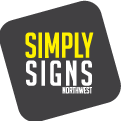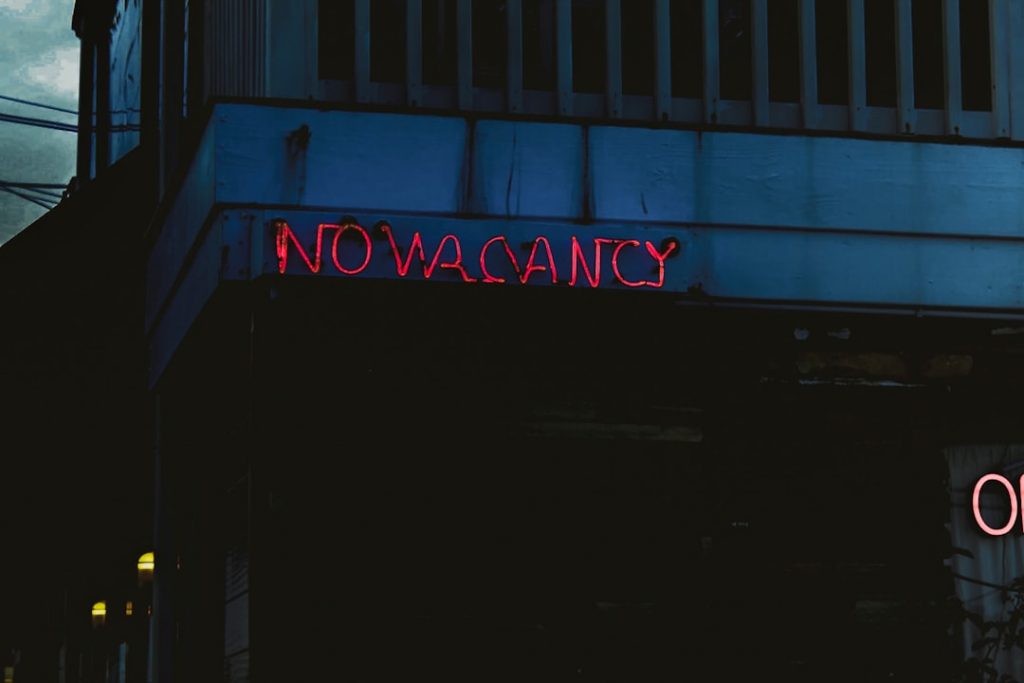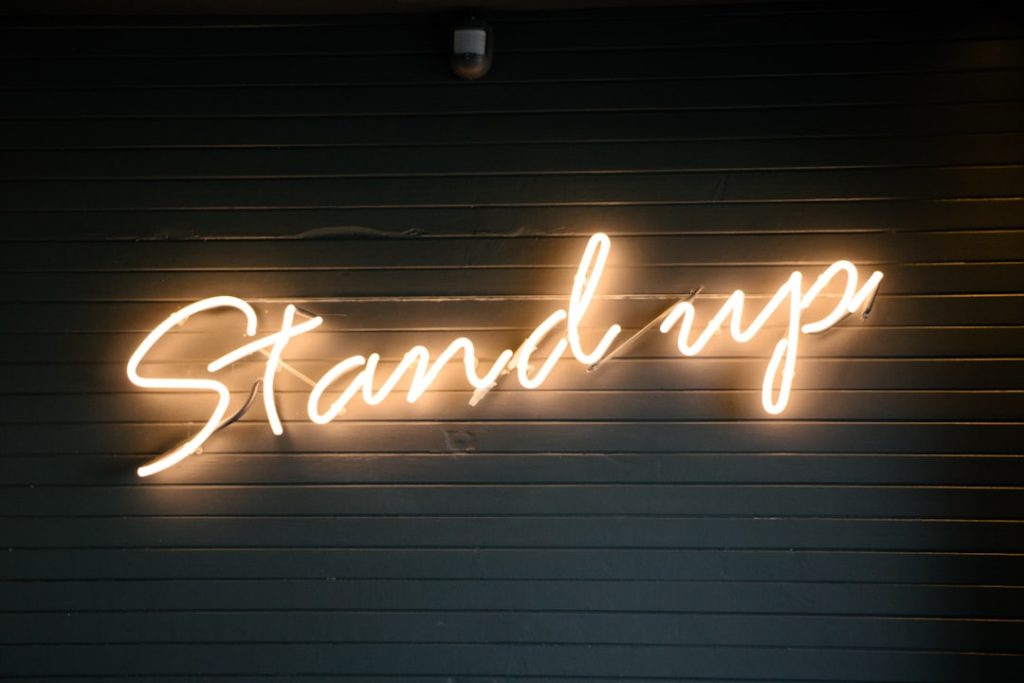Sign design plays a crucial role in our daily lives, guiding us, informing us, and capturing our attention. Whether it’s a road sign, a store sign, or a billboard, effective sign design is essential for conveying information and attracting customers. In recent years, advancements in technology and design techniques have revolutionized the field of sign design, allowing for more creative and eye-catching designs. This article will explore some of the advanced sign design techniques that are shaping the industry today.
Importance of Modern Tools in Sign Design
Modern tools have had a profound impact on the field of sign design, making it easier than ever to create visually stunning and impactful signs. Computer-aided design (CAD) software has become an essential tool for sign designers, allowing them to create intricate designs with precision and ease. With CAD software, designers can experiment with different layouts, fonts, and graphics before finalizing their designs.
Another modern tool that has revolutionized sign design is digital printing technology. Digital printers can produce high-quality prints quickly and efficiently, allowing for faster turnaround times and more cost-effective production. This technology also enables designers to print on a wide range of materials, including vinyl, fabric, and metal, opening up new possibilities for creative sign design.
Understanding Visual Effects in Sign Design
Visual effects play a crucial role in creating eye-catching signs that capture attention and leave a lasting impression. One popular visual effect used in sign design is the use of contrasting colors. By using colors that are opposite each other on the color wheel, designers can create a sense of vibrancy and make their signs stand out.
Another visual effect that can enhance sign design is the use of gradients. Gradients create a smooth transition between two or more colors, adding depth and dimension to the design. This technique is often used in logos and lettering to create a sense of movement and visual interest.
Tips for Designing Eye-Catching Signs
Creating signs that stand out from the crowd requires careful consideration of various design elements. Here are some tips for designing eye-catching signs:
1. Keep it simple: Avoid cluttering your sign with too much information or graphics. A clean and simple design will be more visually appealing and easier to read.
2. Use contrasting colors: As mentioned earlier, contrasting colors can make your sign pop and grab attention. Choose colors that complement each other and create a sense of contrast.
3. Consider the viewing distance: Take into account the distance from which your sign will be viewed. If it’s a roadside sign, it needs to be easily readable from a distance. Use larger fonts and bold graphics to ensure visibility.
Creating Dimensional Signs with 3D Printing
3D printing technology has opened up new possibilities for creating dimensional signs that stand out from traditional flat signs. With 3D printing, designers can create signs with intricate details and unique shapes that were previously impossible to achieve.
One example of dimensional signs created with 3D printing is raised lettering. By printing individual letters separately and then attaching them to a signboard, designers can create a three-dimensional effect that adds depth and visual interest to the sign.
Utilizing LED Technology for Dynamic Signage

LED technology has transformed the world of signage by allowing for dynamic and interactive displays. LED signs are bright, energy-efficient, and can be programmed to display different messages or graphics at different times.
One example of dynamic signage created with LED technology is digital billboards. These large-scale displays can change their content regularly, allowing advertisers to showcase multiple messages or promotions throughout the day. LED technology also allows for the use of animations and motion graphics, further enhancing the visual impact of the sign.
Incorporating Motion Graphics in Sign Design
Motion graphics can add an extra layer of visual interest to signs, capturing attention and creating a memorable experience for viewers. Motion graphics involve the use of animation and visual effects to bring static designs to life.
One example of signs with motion graphics is digital signage in retail stores. These signs can display moving images, videos, or animations to showcase products or promotions. By incorporating motion graphics, retailers can create a more engaging and immersive shopping experience for their customers.
Enhancing Signage with Typography Techniques
Typography plays a crucial role in sign design, as it determines how the message is conveyed and how the sign is perceived. By using unique typography techniques, designers can create signs that are not only visually appealing but also effectively communicate the intended message.
One typography technique that can enhance sign design is the use of custom fonts. Custom fonts allow designers to create a unique and distinctive look for their signs, helping them stand out from generic or overused fonts. Custom fonts can be created from scratch or modified from existing fonts to suit the specific needs of the sign.
Designing Signs for Accessibility and Inclusivity
Inclusivity and accessibility are important considerations in sign design, as signs need to be easily understood and navigated by all individuals, regardless of their abilities. Designing signs that are accessible and inclusive involves considering factors such as font size, color contrast, and placement.
One example of signs designed for accessibility is braille signage. These signs include raised dots that can be read by individuals with visual impairments. Braille signage is commonly found in public spaces such as airports, train stations, and hotels to provide essential information to all individuals.
Best Practices for Sign Design in the Digital Age
In the digital age, where attention spans are shorter than ever, it’s crucial to design signs that capture attention quickly and effectively convey the intended message. Here are some best practices for sign design in the digital age:
1. Keep it concise: Use clear and concise messaging to convey your message quickly. Avoid lengthy paragraphs or excessive information that may overwhelm the viewer.
2. Use high-quality images: In a world saturated with visual content, it’s important to use high-quality images that are visually appealing and relevant to the message. Blurry or low-resolution images can detract from the overall impact of the sign.
3. Consider the platform: If designing signs for digital platforms such as websites or social media, consider how the sign will be displayed and adjust the design accordingly. For example, if designing a banner ad for a website, ensure that the dimensions and layout are optimized for that specific platform.
Advanced sign design techniques have transformed the industry, allowing for more creative and impactful designs. By utilizing modern tools, understanding visual effects, and incorporating new technologies, sign designers can create eye-catching signs that capture attention and effectively convey messages. It’s important for designers to stay up-to-date with the latest trends and techniques in sign design to ensure their work remains relevant and impactful in the ever-evolving digital age.
If you’re interested in learning more about advanced sign design techniques and how to use modern tools and visual effects, you might find the portfolio section of Simply Signs NW’s website quite inspiring. They showcase a wide range of impressive sign designs that demonstrate the application of these techniques in real-world projects. Additionally, their blog section offers valuable insights and tips on sign design, making it a great resource for anyone looking to enhance their skills in this field. Check out their portfolio and blog at https://simplysigns-nw.co.uk/portfolio/ and https://simplysigns-nw.co.uk/blog/ respectively.
FAQs
What are advanced sign design techniques?
Advanced sign design techniques refer to the use of modern tools and visual effects to create visually appealing and effective signs. These techniques involve the use of software, hardware, and design principles to create signs that are easy to read, memorable, and impactful.
What are some modern tools used in advanced sign design?
Modern tools used in advanced sign design include graphic design software such as Adobe Illustrator and Photoshop, digital printers, vinyl cutters, and CNC routers. These tools allow designers to create intricate designs and produce high-quality signs quickly and efficiently.
What are some visual effects used in advanced sign design?
Visual effects used in advanced sign design include 3D lettering, lighting effects, and texture overlays. These effects can be used to create signs that stand out and grab the attention of passersby.
Why is effective sign design important?
Effective sign design is important because it can help businesses and organizations communicate their message to their target audience. A well-designed sign can attract customers, convey important information, and create a positive impression of the business or organization.
What are some best practices for advanced sign design?
Some best practices for advanced sign design include keeping the design simple and easy to read, using high-contrast colors, choosing a legible font, and ensuring that the sign is visible from a distance. It is also important to consider the location and surroundings of the sign when designing it.
We’re a team of creatives who are excited about unique ideas and help fin-tech companies to create amazing identity by crafting top-notch signage.



